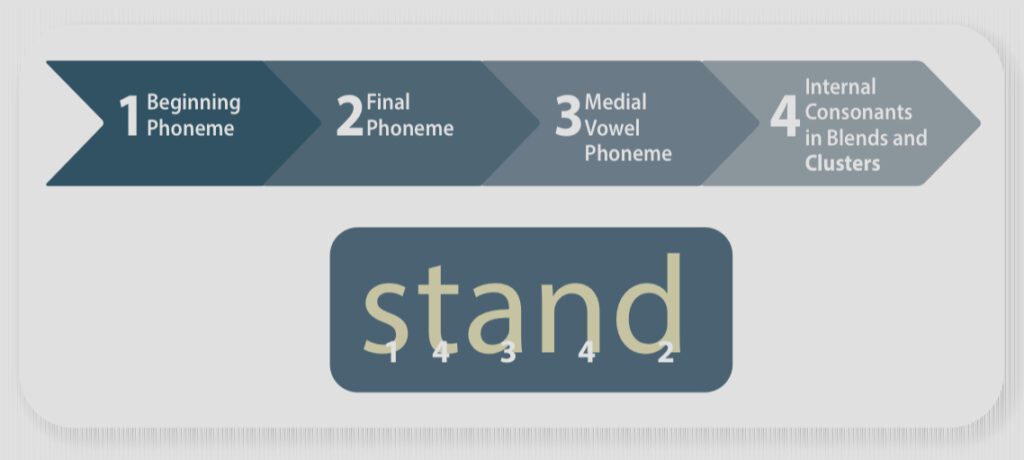Notes from Shifting the Balance: 6 Ways to Bring the Science of Reading into the Balanced Literacy Classroom
Shift 2: Recommitting to Phonemic Awareness Instruction
Misunderstanding 4: Phonemic awareness is mostly a readiness or prereading skill.
The truth is that students won’t outgrow phonemic awareness —at least not until much later than you might think.
Phonemic awareness skills are still being developed into the upper elementary grades.
So, to dismiss it as a readiness skill can be detrimental to a student’s development as a reader.
In fact, research confirms that a lack of strong phonemic awareness is a contributing factor to the majority of reading difficulties
Phonemic awareness helps children:
- -Develop automaticity with blending phonemes into words
- -Segment words into phonemes to write them
- -Move sight words into long-term memory
Misunderstanding 5: Intentional phonemic awareness instruction takes a lot of time or fancy resources.
Consistency over quantity…
The important thing is to practice simple daily phonemic awareness through a thoughtfully designed instruction program that is held together by a larger intentional plan.
Here are a few of the basic phonemic awareness tasks you should implement (from less to more difficult)
Phonemic awareness tasks:
| Phoneme blending | Takes separate sounds and putting them together to make a single word | I say m-a-p
What word do you hear? map |
| Phoneme segmentation | Breaking a word into its individual sounds | I say can
What do you hear? c-a-n |
| Phoneme Isolation | Locating and separating one individual phoneme from the rest of the word | I say clap
What is the (1st, 2nd, 3rd sound)? /k/ |
| Phoneme discrimination | Hearing the similarities/differences in two or more phonemes | Which word doesn’t have the same beginning sound
Dog, door, put put |
| Phoneme deletion | Removing one phoneme from a word completely. | Teacher: Say ram
Student: Ram Teacher: Now say it without r Student: am |
| Phoneme substitution | Removing one phoneme from a word and replacing it with another. (most complex task) | Say log
Log Change g to t lot |
Remember, when first starting, begin with larger segments of speech (Sentences, words, and syllables) and then quickly move into the smallest units, phonemes.






